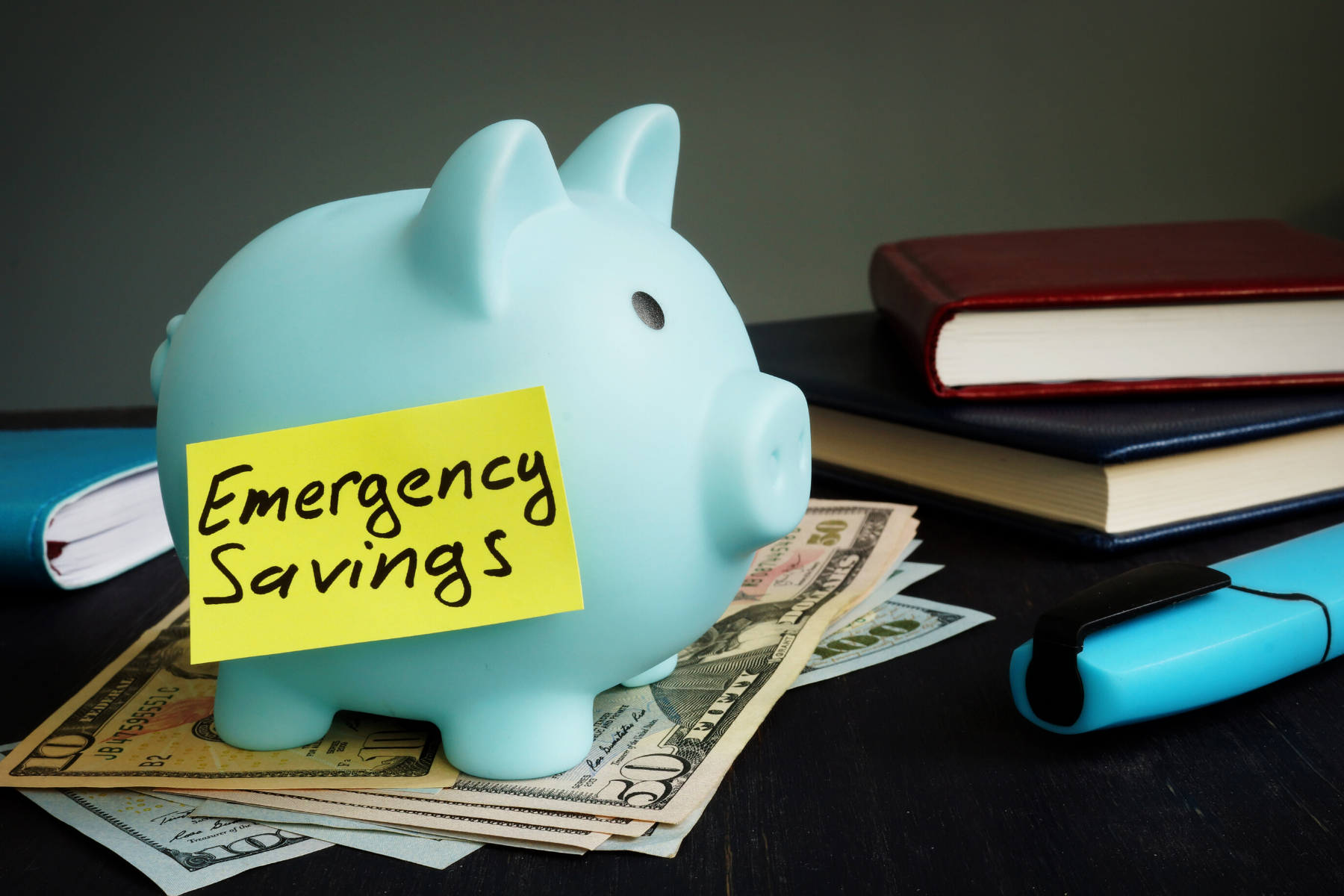By now, you — like most Americans — have a good idea of what is meant by emergency.
The outbreak of COVID-19 had had a deep impact on just about everyone nationwide. In what seemed like the blink of an eye, people were laid off, businesses were closed, and public events were canceled. Investors winced in pain as the stock market took a huge dip. And what little recovery has started is slow.
If all that doesn’t constitute an emergency, we are not sure what would.
In uncertain times, a good old-fashioned emergency fund is priceless. However, many don’t consider having a cash reserve for emergencies a priority. Salt Lake City’s top financial advisors are here to dispel that belief.
What is an emergency fund?
An emergency fund is designed to cover four to six months of living expenses in case of an unexpected layoff, expense, or financial impact from a worldwide pandemic (sound familiar?). This source of liquidity can be vital for regular cash management.
The amount of money that should be invested in a long-term emergency fund is different for everyone and depends on an individual’s monthly expenses. To figure out what you need in your long-term fund, add the cost of your mortgage or rent, car payment, monthly groceries, utility costs, gasoline, cell phones, credit card payments, other regular monthly payments, and your average monthly discretionary spending; then, multiply the total by four. To be clear, this should be based on the normal cost of your lifestyle, not just the minimum number you could cut back to. That gives you the amount you need for four months, which is considered a minimum amount.
Savings for short-term goals like a down payment or buying a car should be considered separately from the 4-6 month reserve. If your cash reserve amount is still over 6 months’ worth of expenses and you are not retired, you may want to consider investing the excess to allow that money to grow.
Where do I keep it?
Typically, you’ll want to keep 1-2 months’ worth of cash in your checking account for day-to-day cash management. The remainder should be kept in a vehicle that earns higher interest but is at least a cash equivalent. This could be a high-yield savings account or a money market fund. If you are in a higher tax bracket, you could consider a municipal money market fund, which will have tax-exempt interest. We typically don’t recommend CDs, as the penalties to take the money out early make them inefficient, and your emergency fund should be ready to use anytime.
If you haven’t done it yet, just do it!
Sometimes it can be difficult to put money into savings each month. Start by sitting down and scrutinizing your budget; there are likely things you can get rid of and put the money you’ve been spending on them into savings instead. We also recommend a couple of simple ways to save without even noticing. It doesn’t have to be hard; even little changes make a difference.
Keep the change.
Many banks and credit unions will round up each purchase you make to the nearest dollar and put the remaining money in your savings account. If savings is a challenge for you, this is a painless way to get started.
Automatic withdrawal.
You may have set up auto withdrawal from your checking account for things like Netflix, Hulu, Weight Watchers, and gym memberships. You can also set up a plan with your bank or credit union to take a certain amount out of every deposit and move the money into your savings account. Better yet, take a look at your monthly automated debits. If you aren’t using a service, now is a great time to cancel it and put that money in savings instead.
At TrueNorth, we are looking for ways to help you invest your money for the future, but the first step is always to make sure your short-term needs are met.
To get a detailed blueprint tailored to your personal financial goals, contact the fee-only financial planners at TrueNorth Financial, one of Salt Lake City’s leading wealth management firms, for a no-cost consultation at 801-316-8175.







